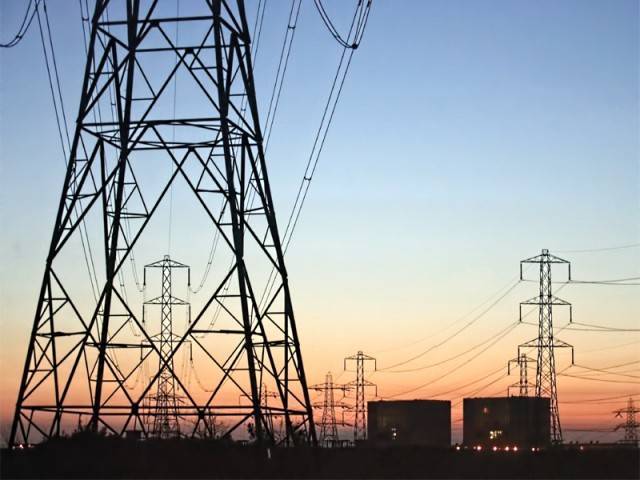
Now, the new government, which will be installed after general elections on July 25, will also be facing the same challenges because of poor management of the power sector over the years, growing inter-corporate debt, higher transmission and distribution losses, lower recovery of consumer bills and regulatory issues.
How the power sector has performed so far can be gauged by looking at its four main pillars.
‘Power shortfall was only 355MW’
First is electricity generation. Here, the last PML-N government, which remained in power from June 2013 to May 2018, worked successfully and ramped up generation capacity.
However, it entered into new contracts at higher tariffs that made electricity unaffordable for many honest consumers that were paying their bills regularly. The high cost for consumers led to an increase in power theft in many poor localities.
In addition to the high tariff, the PML-N administration also imposed surcharges on power consumers such as the financial cost surcharge, rationalisation surcharge, debt servicing surcharge and Neelum-Jhelum surcharge.
The second pillar is transmission. In this area, the previous government only did 20% of work whereas the remaining 80% is yet to be handled. Electricity production in Pakistan is going up gradually, but the transmission network is incapable of bearing the load and cannot transmit additional power to the distribution network for onward supply to the consumers. All projects for upgrading and expanding the transmission network have been delayed.
Despite rise in power supply, consumers to face outages this summer
The third pillar is distribution. There are a few distribution companies in Punjab that are working efficiently like Faisalabad, Gujranwala and Lahore units. All other distribution companies around the country are quite inefficient.
The fourth pillar is affordability and sustainability. No project for cheaper electricity supply had been initiated by the previous government to ease the burden on consumers. It also did not work on consumer discipline to persuade them to pay their bills on time and make electricity affordable for all.
The PML-N government failed to interact meaningfully with provinces to address the power-sector challenges.
Losses
Another major challenge is uncontrollable circular debt in the energy chain. In June, aggregate technical and financial losses stood at 30% including leakages in transmission and distribution and lower recovery of electricity bills. Normally, the loss level should be 16%.
PML-N government leaves behind power crisis
The upcoming government will have to address the debt challenge. Receivables in the power sector stood at Rs875 billion which were to be recovered from different consumers.
Power producers were to receive Rs550 billion from the Central Power Purchasing Agency whereas an old debt of Rs700 billion had been parked in Power Holding Private Limited.
Apart from all these, a spat between the Ministry of Energy (Power Division) and power-sector regulator National Electric Power Regulatory Authority (Nepra) over who will bear the losses has sparked regulatory issues.
The Power Division has been forcing the regulator to sanction the transfer of losses to the consumers.
In terms of management during the PML-N tenure, the Power Division had taken over control of some companies like Pakistan Electric Power Company and exerted influence on non-technical officials that were dealing with these companies.
Even the Power Division officials that were handling issues of the power sector were not technical, which resulted in poor management of the sector.
Though the PML-N government had taken control of power projects, it did not work on improving the energy mix and focused on thermal plants that produced expensive electricity.
What needs to be done
The upcoming government will have to cope with all these big challenges. It will be required to lay new transmission lines and make electricity affordable for the consumers by entering into new renewable energy contracts for cheaper electricity production.
In an attempt to bring about improvement in the sector’s management, the new government will have to hire experts from the power sector. Grant of autonomy to the regulator will be a step in the right direction that will enable it to perform up to the mark.
In case these steps are not undertaken, nobody will be able to stop the situation from getting worse in the future.
The writer is a staff correspondent
Published in The Express Tribune, July 23rd, 2018.
Like Business on Facebook, follow @TribuneBiz on Twitter to stay informed and join in the conversation.































1714024018-0/ModiLara-(1)1714024018-0-270x192.webp)










COMMENTS
Comments are moderated and generally will be posted if they are on-topic and not abusive.
For more information, please see our Comments FAQ